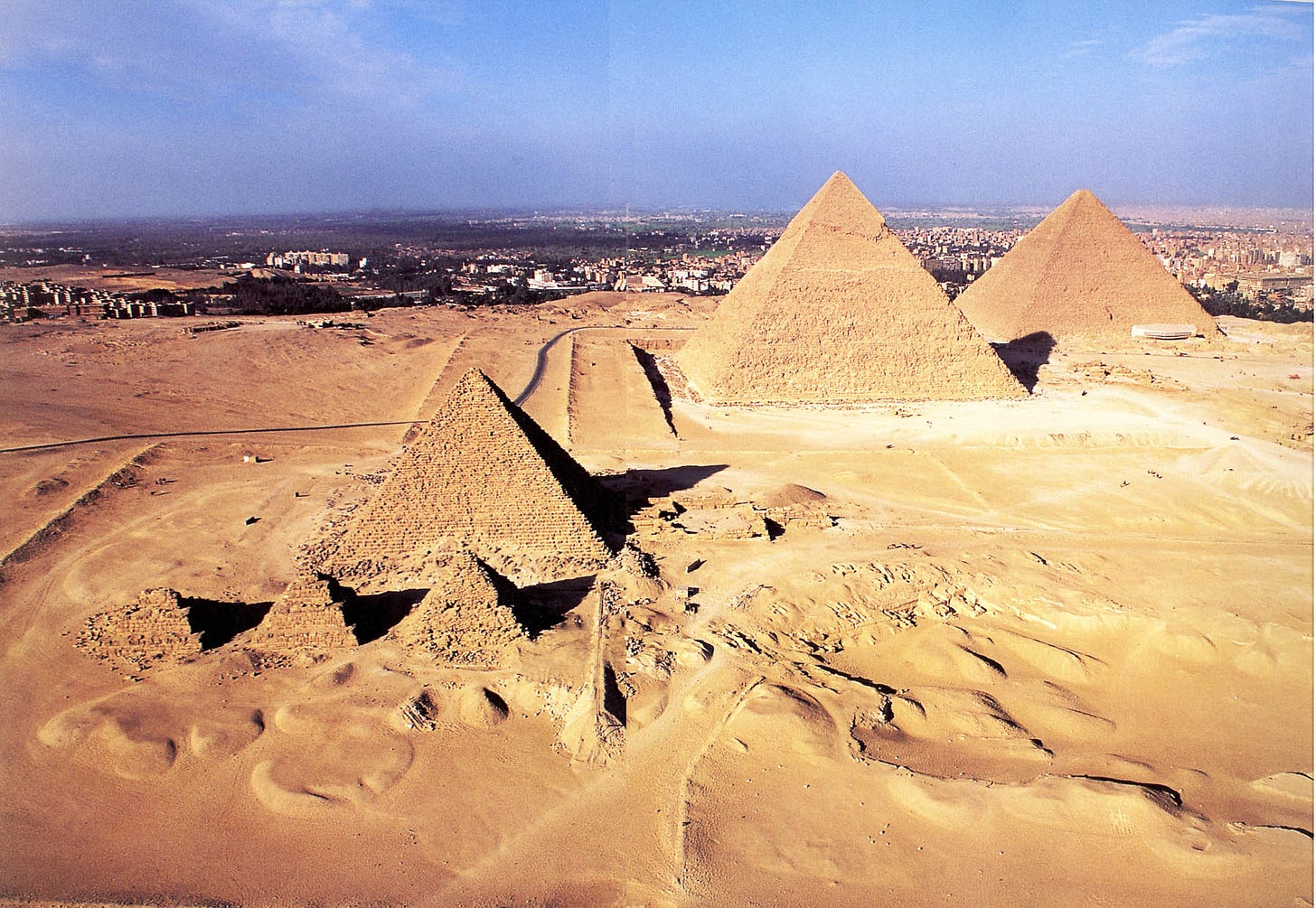A space discovery shows how the pyramids were built using water
Latest News
Reported by Indy100:
A landmark discovery on an ancient branch of the River Nile may have solved the mystery of how the pyramids in Egypt were built centuries ago.
The now dried-out waterway, which once ran through Giza might have been used to transport the materials that were used to construct the pyramids.
The proximity to the waterway might also suggest why there is such a cluster of pyramids in that particular area of Cairo, as the large amount of water would have been able to support the various building blocks needed for the colossal structures.
The discovery was made by Dr Eman Ghoneim who used radar satellite data from space to study the Nile Valley which showed an "invisible world of information beneath the surface." Ghoneim presented her research to the 13th Congress of Egyptologists earlier this year.
Speaking to IFLScience Ghoneim said: "The length probably was really, really long, but also the width of this branch in some areas was huge. We're talking about half a kilometer or more in terms of width, which is something that is equivalent to today's Nile course width. So it wasn't a small branch. It was a major branch."
The defunct waterway has been dubbed the Ahramat Branch and ran from Giza to Faiyum and amazingly passed through 38 different pyramid sites.
Read more here.




Do you know if there is a map of the Nile branch that has been discovered? And is it the same as the Khufu branch that is now a highway running west to Great pyramids of Giza.